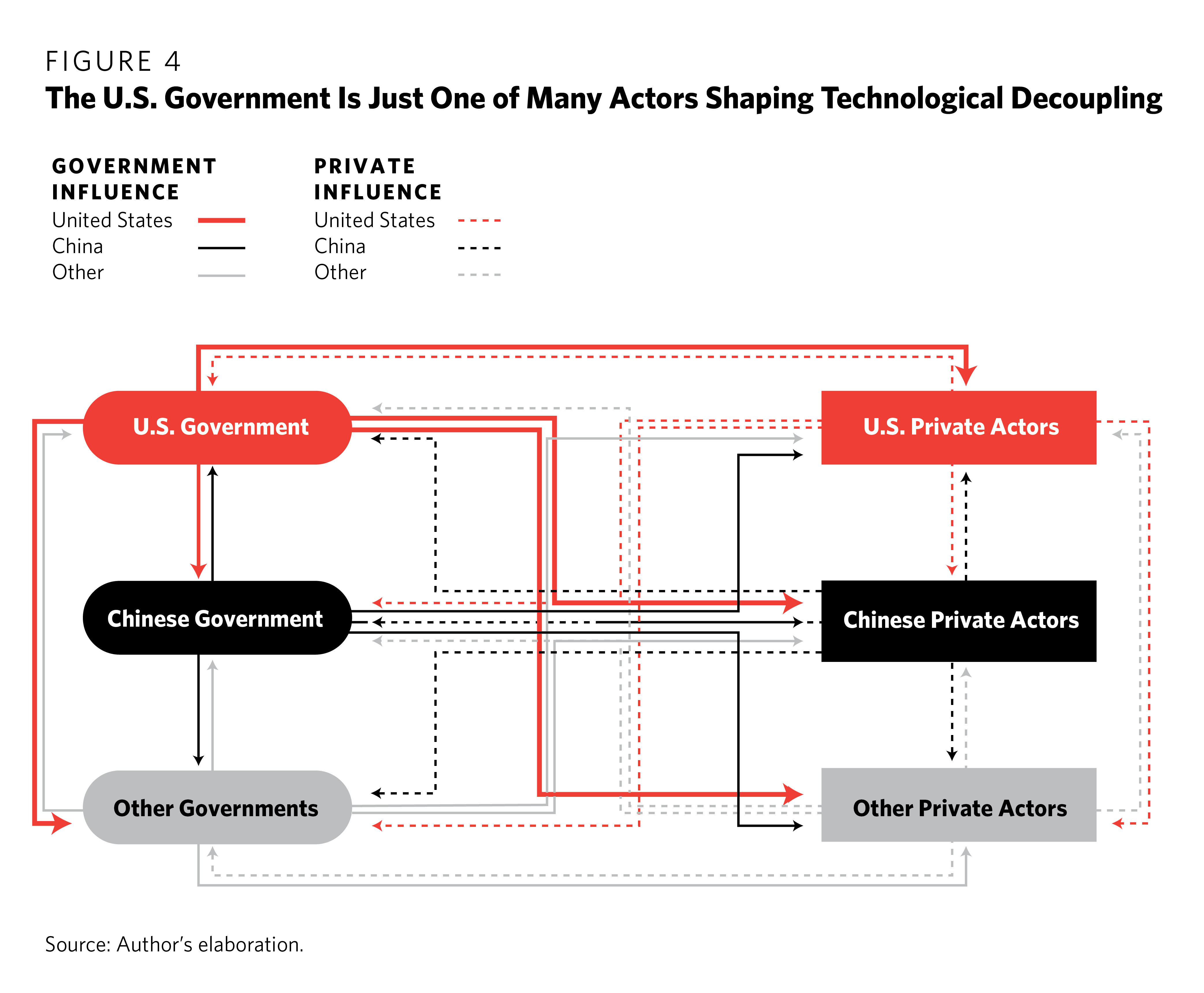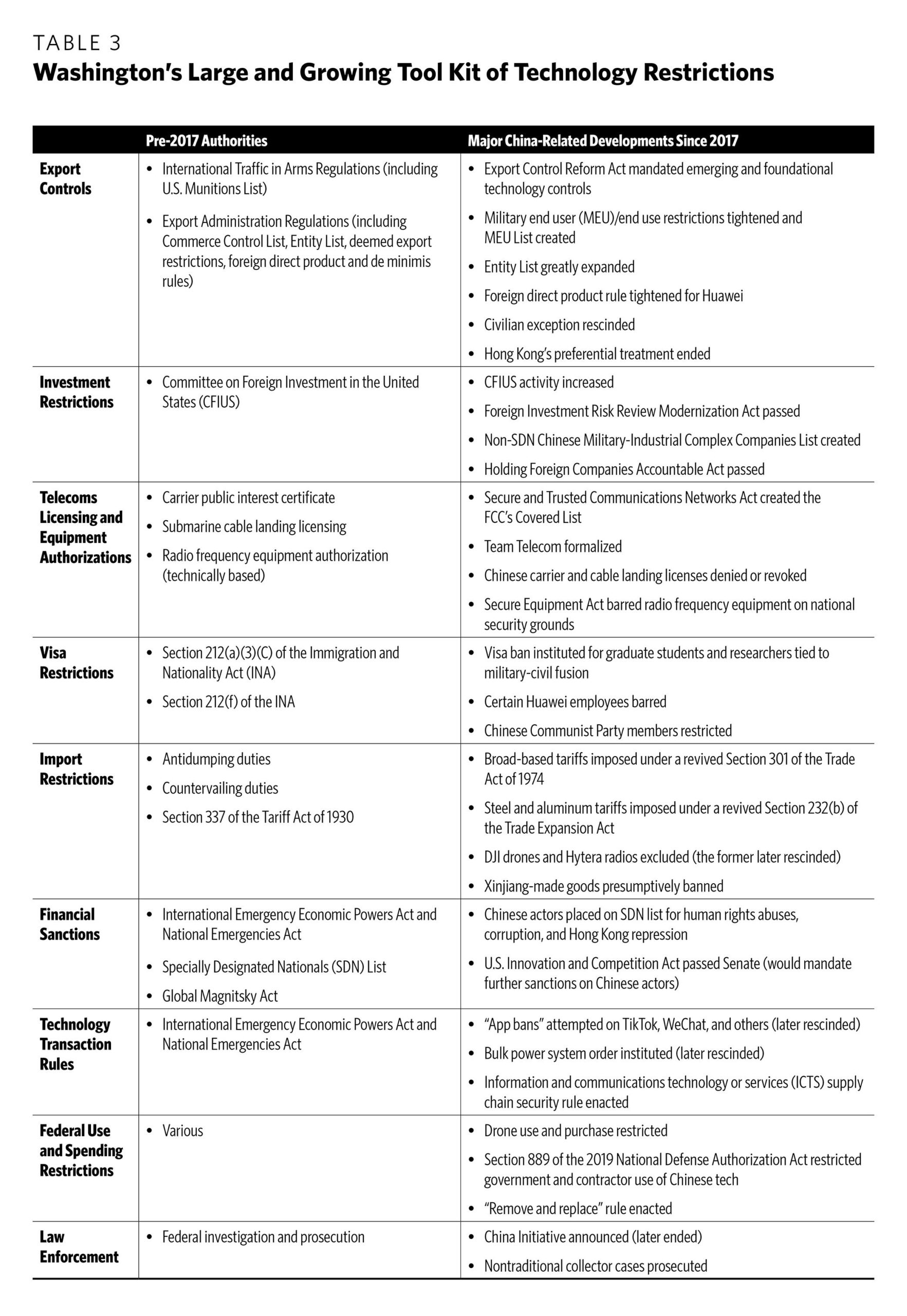## From Pixels to Politics: How China’s Tech Gamble Could Impact Your Next Gaming Session
Imagine a world where your favorite online shooter is plagued with lag, your console runs slower than a snail in treacle, and the latest graphics card is a mythical beast impossible to find. Sounds like a gamer’s nightmare, right? Well, the U.S. government is taking steps that could make this a reality, and it all boils down to a high-stakes tech battle with China.

The Hoover Institution, a prestigious think tank, has just announced a major development: the U.S. is putting the brakes on exports of crucial airplane and semiconductor technology to China. This sudden shift in policy could have seismic repercussions for the global gaming industry, potentially throwing a wrench into the gears of your favorite titles and leaving players scrambling for answers.

Leveling Up: Strategies for Navigating the New Tech Landscape
Regionalization and Fragmentation: The Rise of Gaming “Alliances”

The U.S. government’s increasing scrutiny of technology transfers to China, a phenomenon known as “technological decoupling,” is profoundly impacting the global gaming industry. This shift is driving a trend towards regionalization and fragmentation, with gaming “alliances” emerging as key players in this evolving landscape. Gaming alliances are forming based on shared technological interests and political alignments.
As a prime example, the recent agreement between the U.S. and Taiwan to strengthen cooperation on semiconductor manufacturing is directly relevant to the gaming sector. Taiwan Semiconductor Manufacturing Company (TSMC), the world’s leading semiconductor foundry, plays a crucial role in powering the latest consoles, PCs, and mobile devices. This deepening partnership could lead to increased U.S. investment in domestic chip manufacturing and a more resilient supply chain for gaming hardware.
Gamestanza expects to see similar alliances forming in other regions, potentially centered around Europe, Asia, and even South America. These alliances will likely focus on developing their own proprietary technologies and platforms, creating distinct gaming ecosystems with unique strengths and vulnerabilities.

Innovation and Resilience: Investing in Domestic Chip Manufacturing
The semiconductor shortage, exacerbated by the ongoing geopolitical tensions, has highlighted the vulnerability of relying on a single source for critical components. As a result, governments worldwide are incentivizing domestic chip manufacturing to ensure a more secure and resilient supply chain for the gaming industry.
The U.S. CHIPS Act, for instance, aims to revitalize American semiconductor manufacturing by providing billions of dollars in subsidies and tax breaks. This investment will likely lead to the construction of new fabrication plants and research facilities, creating jobs and boosting domestic innovation. The long-term impact on the gaming industry could be significant, potentially leading to faster development cycles, better performance, and a wider range of hardware options.

Collaboration and Diversification: Building Resilient Supply Chains
The future of gaming lies in building more robust and diversified supply chains that are less susceptible to disruptions. Gamestanza anticipates a shift away from single-source dependence towards multi-vendor solutions, utilizing components and technologies from multiple regions and partners.
This diversification strategy will involve increased collaboration between game developers, hardware manufacturers, and government agencies. Sharing of best practices, joint research initiatives, and the development of open-source technologies will be crucial in fostering a more resilient and adaptable gaming ecosystem.
The Moral Maze: Ethical Considerations in a Tech Cold War
National Security vs. Global Connectivity: Finding the Balance
The U.S.-China tech decoupling raises significant ethical dilemmas, particularly regarding the balance between national security concerns and the benefits of global technological interconnectedness.
Gamestanza believes that while national security is paramount, overly restrictive policies could stifle innovation, hinder economic growth, and limit access to information and entertainment for players worldwide. Finding a nuanced approach that protects legitimate security interests while preserving the open and collaborative nature of the gaming community is essential.
Access and Affordability: Ensuring Gaming Remains Accessible to All
As technological divides widen, the risk of creating a gaming “haves and have-nots” scenario increases. Gamestanza is concerned that the fragmentation of the tech landscape could lead to higher costs for gaming hardware, software, and online services in certain regions, potentially excluding marginalized communities and widening the digital divide.
It is crucial that policymakers and industry leaders prioritize accessibility and affordability to ensure that gaming remains a universally enjoyable and inclusive form of entertainment. Efforts should focus on promoting open-source technologies, fostering regional partnerships, and exploring innovative solutions to bridge the digital divide.
The Future of Innovation: Can Cooperation Thrive Amidst Competition?
Despite the growing geopolitical tensions, Gamestanza remains optimistic about the future of gaming innovation. Technological advancements often transcend political boundaries, and collaborative efforts between researchers, developers, and companies worldwide will continue to drive progress.
The key will be to find ways to foster constructive competition and promote open dialogue between nations. By working together, the global gaming community can harness the power of technology to create a more connected, inclusive, and innovative future for all players.
Conclusion
The U.S. government’s decision to restrict exports of crucial technologies like airplanes and semiconductors to China sends a clear message: the competition for global dominance is heating up, and the stakes are higher than ever. This move, as argued by the Hoover Institution, is a calculated strategic maneuver aimed at curbing China’s rapid technological advancement and its growing influence on the world stage. The implications are far-reaching, potentially disrupting supply chains, impacting global trade, and escalating tensions between the two superpowers.
This isn’t just about airplanes and microchips; it’s about control over the technologies that will shape the future. Artificial intelligence, quantum computing, and advanced manufacturing – these are the battlegrounds of the 21st century, and the U.S. is drawing a line in the sand. How China responds to this challenge will determine the trajectory of the global tech landscape. Will they innovate and find alternative solutions, or will this setback hinder their progress?
One thing is certain: the world is watching, and the next few years will be crucial in shaping the balance of power in the technology race. The outcome will have profound implications for every aspect of our lives, from the devices we use to the economies we depend on. The future is being written, and the choices made today will determine the chapters to come.